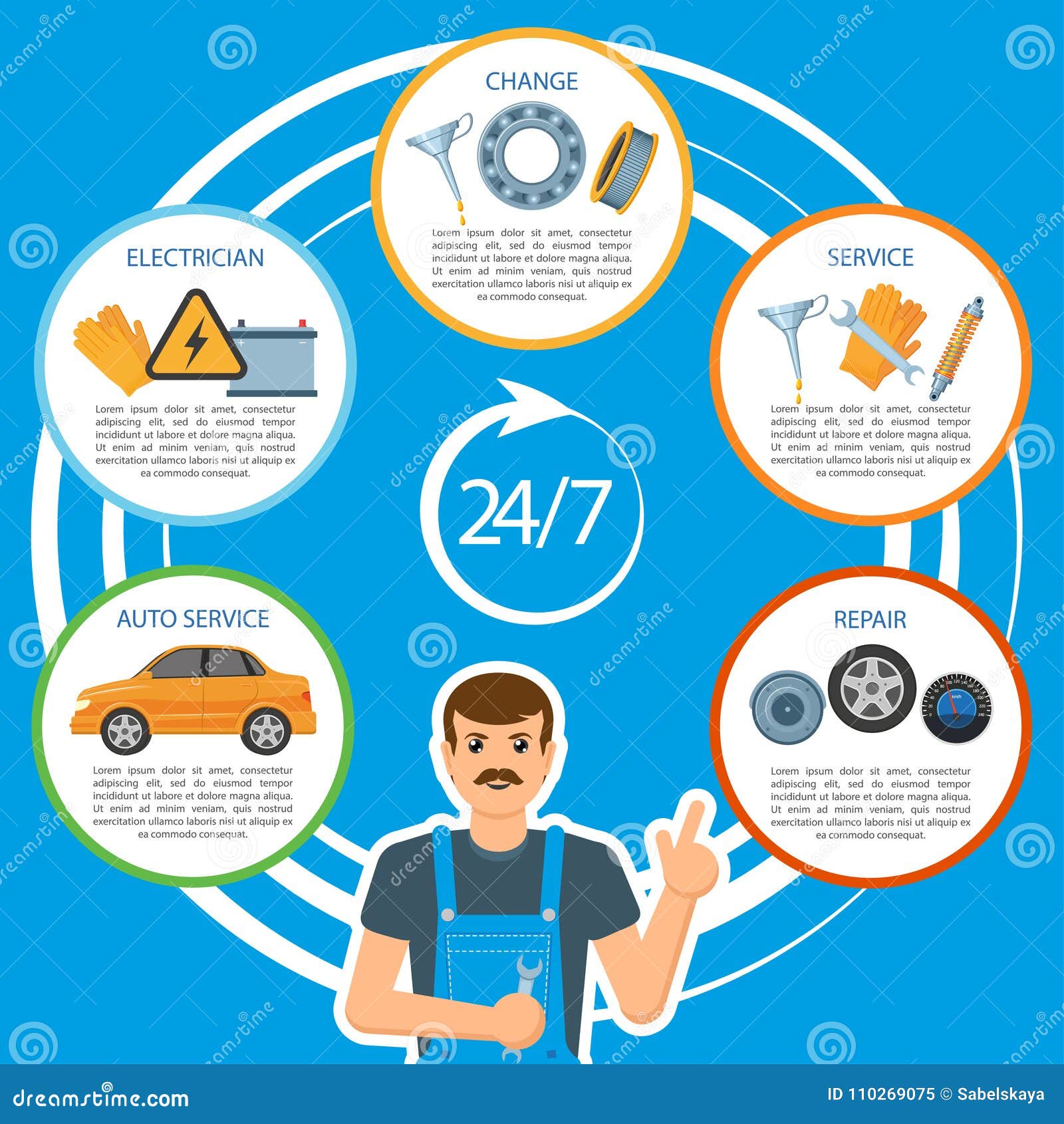Just When You Think You Understand Just How To Secure Your Car'S Finish, Uncover The Shocking Distinctions Between Ceramic Layer And Typical Wax
Just When You Think You Understand Just How To Secure Your Car'S Finish, Uncover The Shocking Distinctions Between Ceramic Layer And Typical Wax
Blog Article
Composed By-Demant Jacobsen
When it comes to safeguarding your automobile's finish, you've obtained two primary alternatives: ceramic coating and traditional wax. Each has its very own set of benefits and downsides, which can make your option a bit tricky. You may appreciate the durable security of ceramic layers, or possibly you like the acquainted regimen of applying wax. As you weigh your options, consider what matters most to you in vehicle care. The most effective choice may surprise you.
Recognizing Ceramic Coatings: Benefits and Attributes
When you think about shielding your vehicle's paint, comprehending ceramic coatings can make all the difference.
These innovative safety layers bond with your automobile's surface area, producing a long lasting guard against ecological damage. Unlike typical wax, ceramic finishes offer superior resistance to UV rays, dust, and chemical stains, boosting your car's shine while making maintenance much easier.
You'll value how hydrophobic homes create water to bead and slide off, decreasing the demand for regular laundries. Plus, ceramic layers can last for many years, saving you time and money in the long run.
With an expert application, you're investing in a long-lasting option that keeps your lorry looking new, also under rough problems.
Welcoming ceramic coverings suggests embracing the future of lorry security.
The Situation for Conventional Wax: Benefits and Limitations
While ceramic layers have gotten popularity, conventional wax still holds its ground as a sensible alternative for car security. One of the biggest advantages of using wax is its price; you can achieve a stunning sparkle without breaking the bank. Wax also uses excellent UV security, protecting your paint from sun damages.
Furthermore, applying conventional wax can be a gratifying, hands-on experience, allowing you to bond with your lorry.
Nevertheless, it does include restrictions. Wax needs routine reapplication, usually every few months, to preserve its safety high qualities. It's additionally much less immune to extreme climate and pollutants compared to ceramic coverings.
Contrasting Resilience, Application, and Cost: Which Is Right for You?
Picking in between ceramic coatings and traditional wax often boils down to durability, application, and expense.
Ceramic coatings usually last several years, offering superior security against UV rays, scrapes, and chemicals. On https://www.circlevilleherald.com/news/turner-alignment-closes-after-64-years/article_4dec1c8a-0c0b-11ed-b92c-370639e4c6c3.html , typical wax lasts only a few months, requiring regular reapplication.
When it comes to application, ceramic coverings require professional installment and exact problems, which can be daunting. xpel paint protection film installers near me , on the other hand, is easy to use and can be applied in your home.
Price is one more important factor. Ceramic coatings usually have a higher in advance expense, but the long-lasting protection can save you money on maintenance.
If you favor a quick, do it yourself service and don't mind reapplying, wax may fit you. If you want lasting protection, think about buying a ceramic covering.
Verdict
In the end, choosing between ceramic finishing and conventional wax really boils down to your priorities. If you want lasting protection and don't mind the ahead of time cost, ceramic coating is your best bet. However, if you favor a hands-on method and a more economical option, typical wax may match you better. Consider your lifestyle, just how much time you want to invest in maintenance, and what level of protection you need to make the right option for your lorry.
